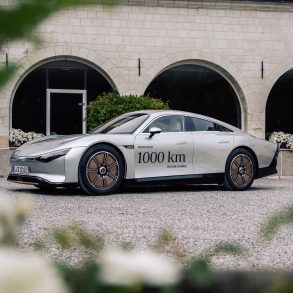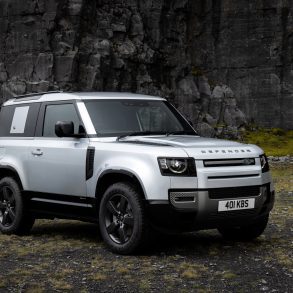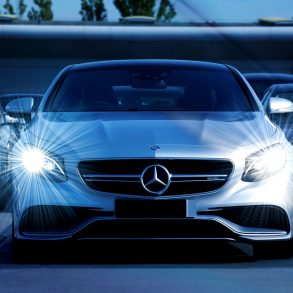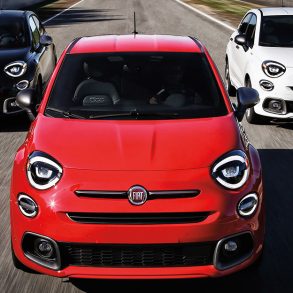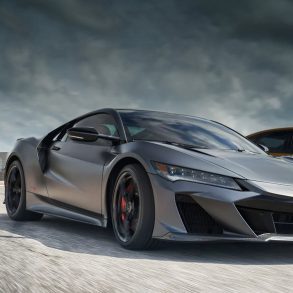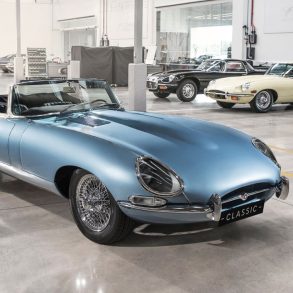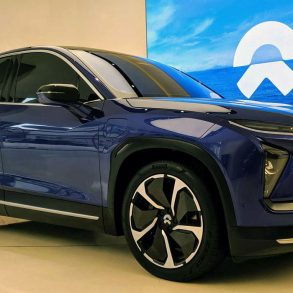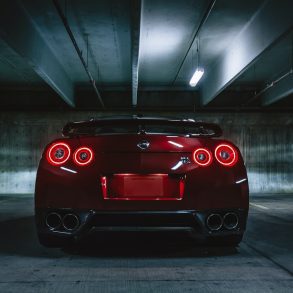The history of Chinese cars in Europe is not without its bumps in the road, most notably in terms of their safety record. And Germany’s automobile club ADAC has been on the forefront of making sure consumers are being made aware of what they’re getting into. Who doesn’t remember the shocking images of the Jiangling Landwind crash test the ADAC carried out in 2005 or that of the Brilliance BS6 two years later? Both cars had a short-lived career in Europe as buyers who initially had been attracted by the seemingly great value for money, were put off by fears of their safety after a possible crash. The Chinese manufacturers withdrew to their home turf with their tails between their legs, never to return. Fast forward more than a decade, and some other Chinese manufacturers have gathered enough courage to try again. This time they’re convinced their vehicles are up to the challenge with European car buyers and regulators, and they’re planning to do so with electric cars.
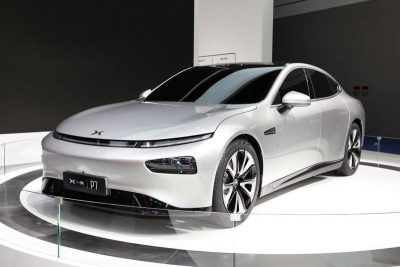 Shanghai Automotive Industry Corporation, manufacturing partner of both Volkswagen and General Motors in China, has been exporting cars under its MG brand to the United Kingdom since 2009 but waited until 2019 to expand its operations to mainland Europe, with its all-electric crossover MG ZS. Other Chinese startups and established manufacturers have launched ambitious plans to storm the European EV market with very modern vehicles that can easily compete with those of the major European brands in terms of design, technology and safety. This way, brands like Nio, Aiways and Xpeng (pictured) are hoping to change the image of Chinese cars in the eyes of European consumers and become world players. However, a small and rather unknown EV maker may have just set back those dreams by proving not all manufacturers are up to the challenge.
Shanghai Automotive Industry Corporation, manufacturing partner of both Volkswagen and General Motors in China, has been exporting cars under its MG brand to the United Kingdom since 2009 but waited until 2019 to expand its operations to mainland Europe, with its all-electric crossover MG ZS. Other Chinese startups and established manufacturers have launched ambitious plans to storm the European EV market with very modern vehicles that can easily compete with those of the major European brands in terms of design, technology and safety. This way, brands like Nio, Aiways and Xpeng (pictured) are hoping to change the image of Chinese cars in the eyes of European consumers and become world players. However, a small and rather unknown EV maker may have just set back those dreams by proving not all manufacturers are up to the challenge.
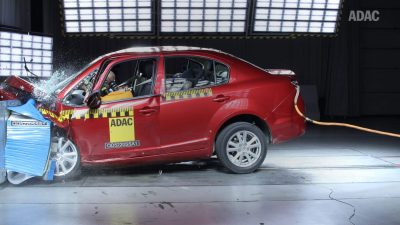 The Suda SA01 EV has just launched in Germany at a price of just over € 10,000 after state subsidies for electric vehicles, which makes it one of the cheapest vehicles currently on the market, and the ADAC has slammed the car for major deficits in terms of quality and driving characteristics as well as the absence of passive safety systems. The SA01 has no airbags, no Electronic Stability Program (ESP), no emergency brakes or lane departure warning systems and not even seat belt tensioners. The German automobile club is critical of how a vehicle that doesn’t meet modern safety standards is even allowed to be sold in the European Union. A loophole in the rules allows the Suda SA01 to be sold in the EU because it received its type approval as part of a small series license, which is intended to give small manufacturers like Morgan and Donkervoort a break from having to develop costly custom safety systems and following expensive testing procedures for vehicles that sell fewer than 1,000 units in Europe, while expecting them to take their own responsibility in terms of safety standards. As long as Suda sells just a small batch of the SA01 in Europe (200 units were shipped initially), it doesn’t need to meet modern safety standards. And the downside of that quickly becomes apparent when the ADAC puts the small Chinese EV to the test. It turns out to be a major safety risk.
The Suda SA01 EV has just launched in Germany at a price of just over € 10,000 after state subsidies for electric vehicles, which makes it one of the cheapest vehicles currently on the market, and the ADAC has slammed the car for major deficits in terms of quality and driving characteristics as well as the absence of passive safety systems. The SA01 has no airbags, no Electronic Stability Program (ESP), no emergency brakes or lane departure warning systems and not even seat belt tensioners. The German automobile club is critical of how a vehicle that doesn’t meet modern safety standards is even allowed to be sold in the European Union. A loophole in the rules allows the Suda SA01 to be sold in the EU because it received its type approval as part of a small series license, which is intended to give small manufacturers like Morgan and Donkervoort a break from having to develop costly custom safety systems and following expensive testing procedures for vehicles that sell fewer than 1,000 units in Europe, while expecting them to take their own responsibility in terms of safety standards. As long as Suda sells just a small batch of the SA01 in Europe (200 units were shipped initially), it doesn’t need to meet modern safety standards. And the downside of that quickly becomes apparent when the ADAC puts the small Chinese EV to the test. It turns out to be a major safety risk.
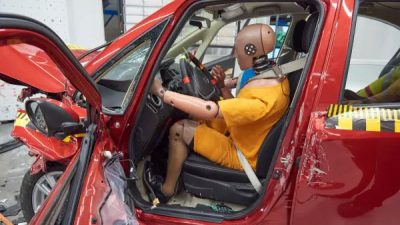 “Basic safety equipment is completely missing, which becomes particularly evident in the crash test of an offset frontal collision at 64 km/h (40 mph). During this test, the driver’s head and chest hit the steering wheel hard, which in a real world crash would lead to very serious injuries. The passenger would suffer injuries to their knees and legs because of inadequate structural integrities in the dashboard. There are no driver or passenger front airbags nor side airbags in the seats, while the non-existent seat belt tensioners also had a negative impact.”
“Basic safety equipment is completely missing, which becomes particularly evident in the crash test of an offset frontal collision at 64 km/h (40 mph). During this test, the driver’s head and chest hit the steering wheel hard, which in a real world crash would lead to very serious injuries. The passenger would suffer injuries to their knees and legs because of inadequate structural integrities in the dashboard. There are no driver or passenger front airbags nor side airbags in the seats, while the non-existent seat belt tensioners also had a negative impact.”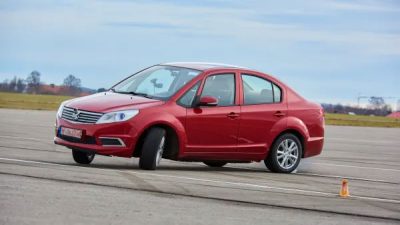 mph) without breaking a sweat. The brake pedal lacks feedback and the very long braking distance of 42 meters on average from 100 km/h to full stop also does not exactly contribute to its safety record.
mph) without breaking a sweat. The brake pedal lacks feedback and the very long braking distance of 42 meters on average from 100 km/h to full stop also does not exactly contribute to its safety record.
